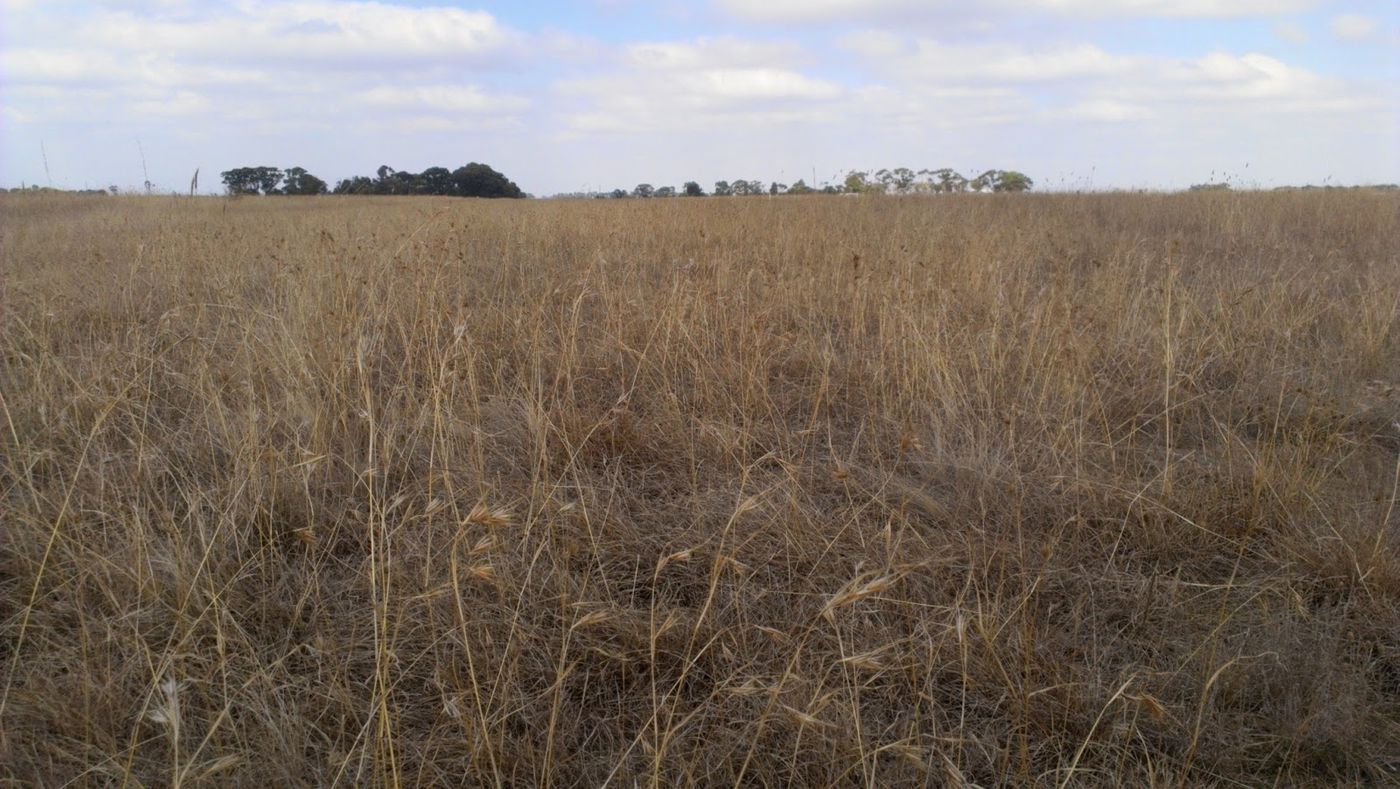Atmospheric humidity impacts grasslands more than rain
A new study conducted by scientists at Stanford University and Columbia University was published yesterday in the journal Nature Geoscience. The study concluded that U.S. grasslands are more than three times more sensitive to vapor pressure deficit (VPD), or atmospheric dryness, than they are to precipitation. By looking at 33 years of climate and vegetation satellite data, the scientists were able to determine how plants regulate water and carbon dioxide under dry conditions, a topic which is increasingly important as effects from climate change are causing more frequent and severe droughts.
The researchers used remote sensing satellite data from 1981 to 2013 that showed plant greenness, which can be used as an indicator of plant productivity. They divided the US’s grasslands into several regions based on data recording the plants’ behaviors with various climates and precipitation conditions.
"Just looking at changes in precipitation isn't going to tell you the whole story," said lead author Alexandra Konings, an assistant professor of Earth System Science in Stanford's School of Earth, Energy & Environmental Sciences (Stanford Earth). "U.S. grasslands are way more sensitive to vapor pressure deficit, which is important. Because VPD is so tightly linked to temperature, we can predict that it's going to keep going up in the future."
In the US, grasslands cover about 26% of the country, and about 20% of the planet’s surface as a whole. They host a variety of biodiversity and provide an important habitat for livestock in the meat and dairy industries, reports Stanford News. Furthermore, the plants that make up grasslands are an important carbon uptake source.
Science Daily reports that grasslands that respond to drought by keeping their stomata open (a characteristic called anisohydric behavior) are more sensitive to dryness of the atmosphere than those that close their stomata and stop growth to save water (which is called isohydric behavior). The study shows that plants that keep their stomata open are more damaged by drought in U.S. grasslands because it suppresses the plants’ growth over the course of a growing season.
“Grasslands are really interesting because they show such a huge diversity in that isohydricity behavior,” said Konings, who conducted initial research for the study while a postdoctoral researcher at Columbia before joining Stanford Earth. “They have really different strategies in how they respond to drought.”
These diverse survival strategies are imperative to understand from a grassland management perspective. If scientists are able to determine what physiological characteristics allow certain species to thrive in hotter and drier conditions, there is hope that certain preservation methods may be able to conserve grasslands, in the US and around the world, despite climate change’s grasp. The scientists also hope to be able to apply their results to ecosystems other than grasslands, thus determining a more complete picture of drought-hardy plant species throughout biomes.
Sources: ScienceDaily, Environmental News Network, Stanford News










